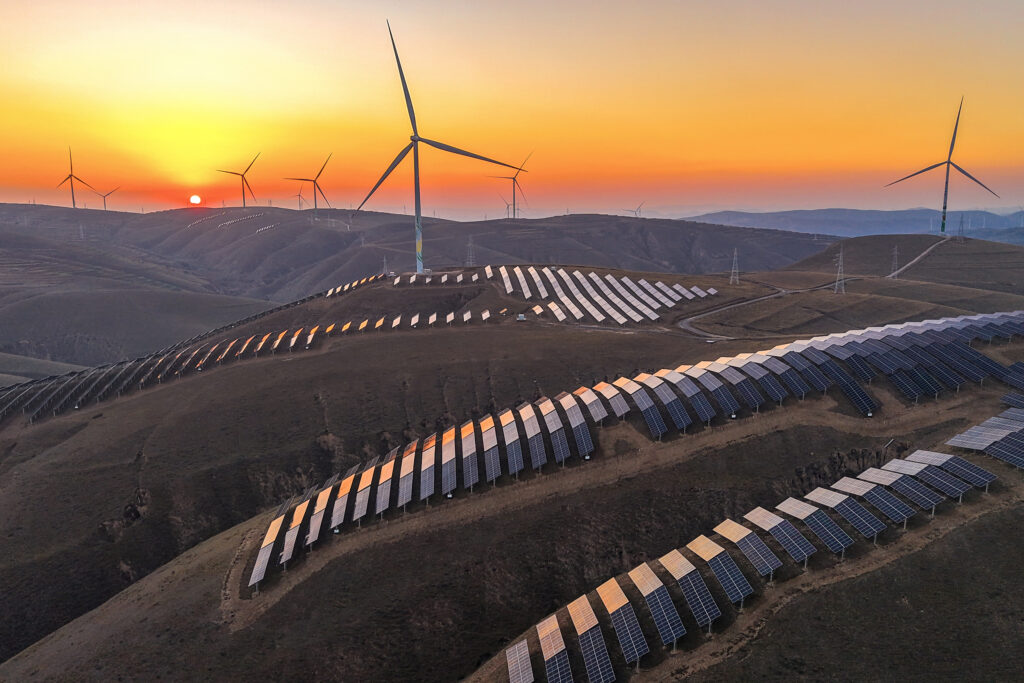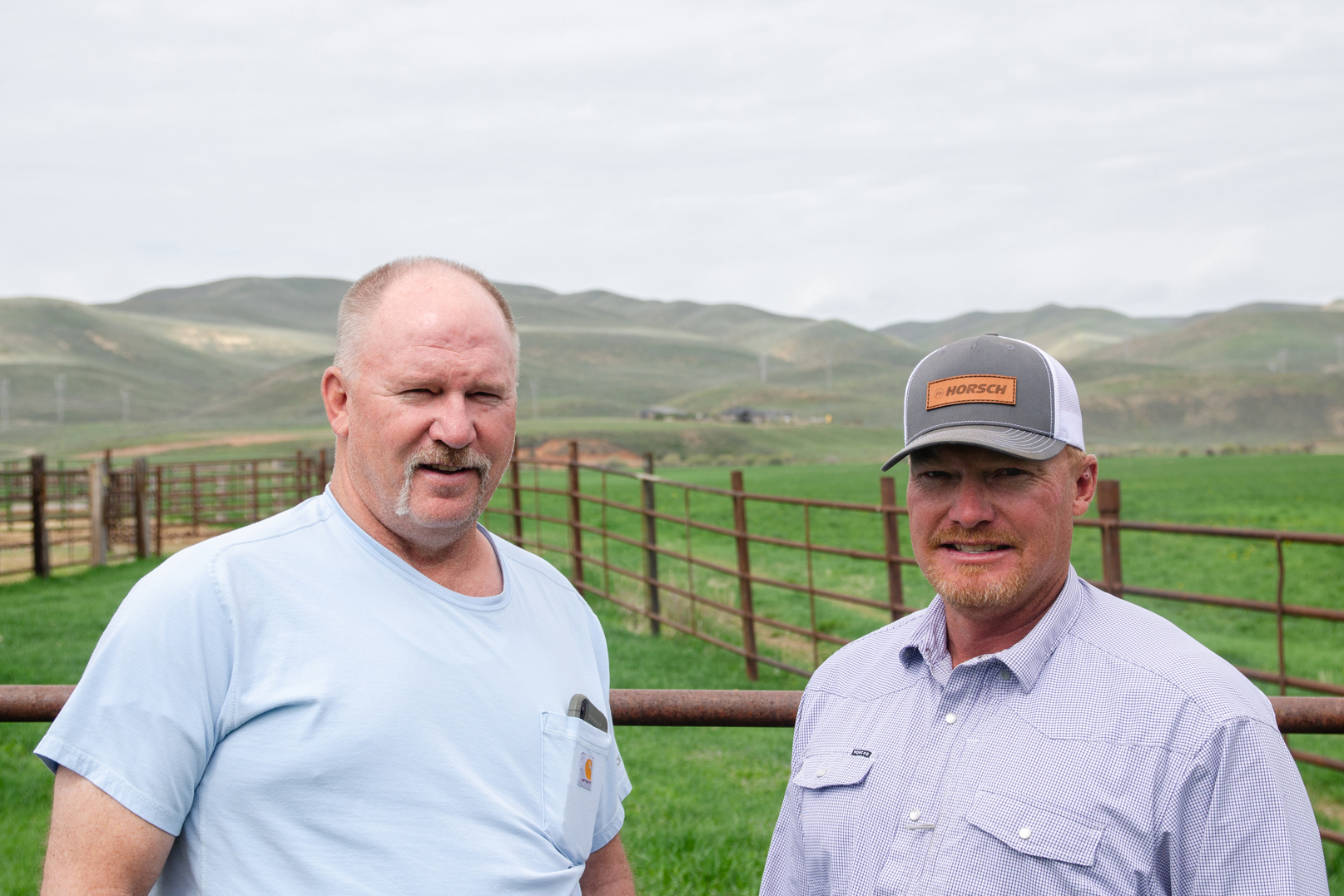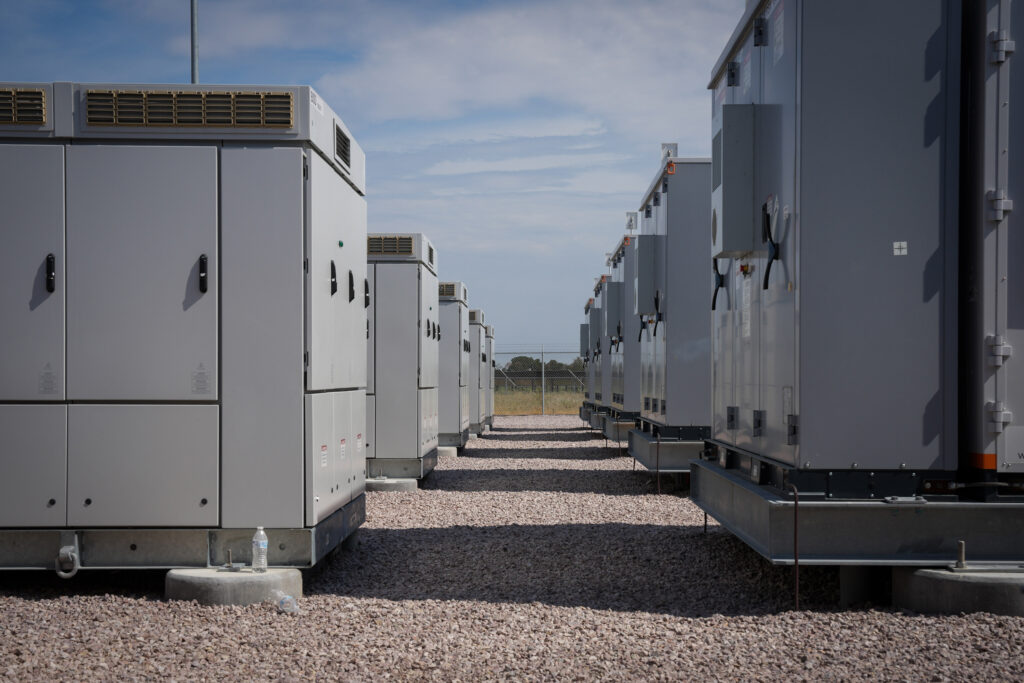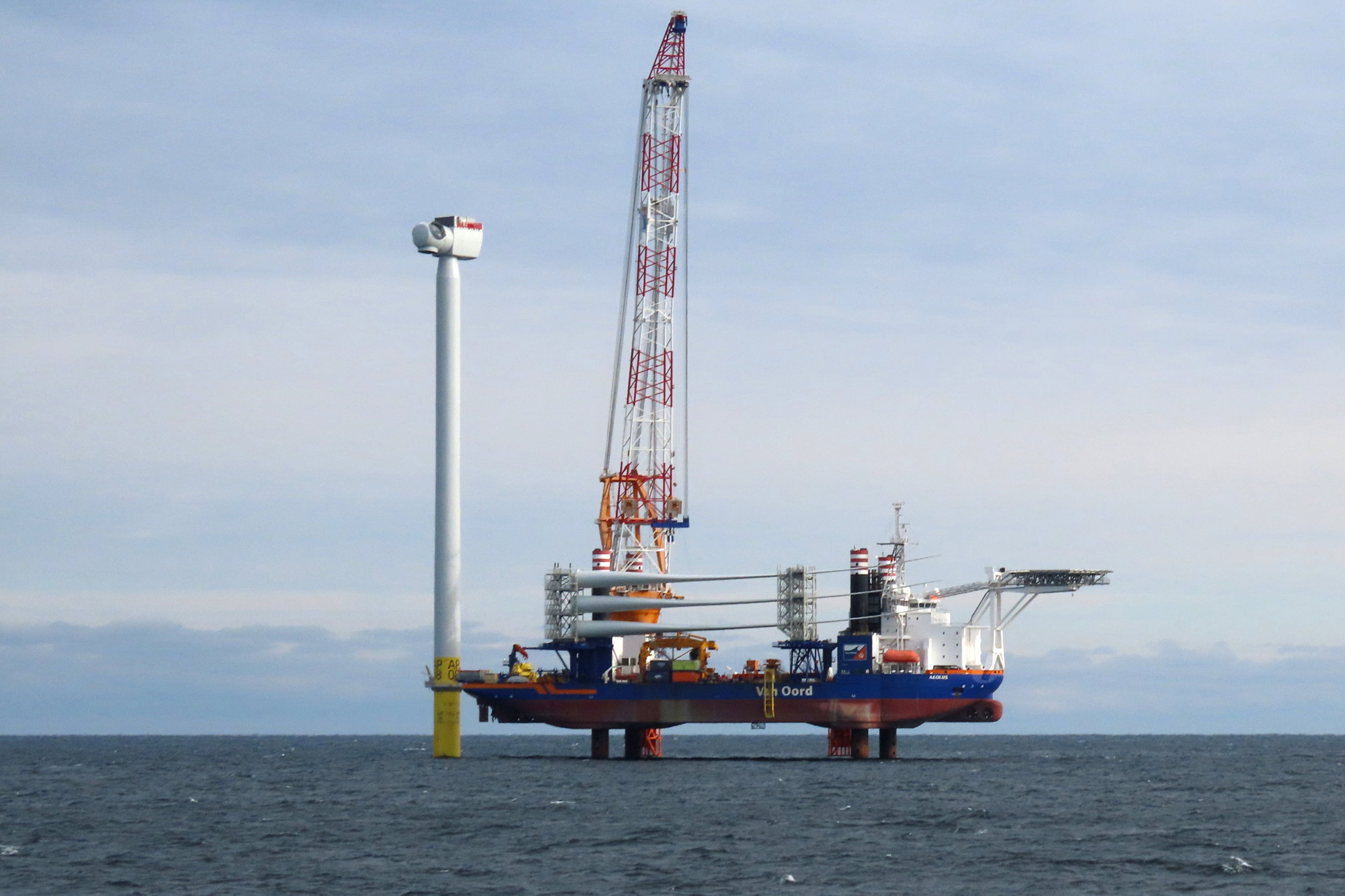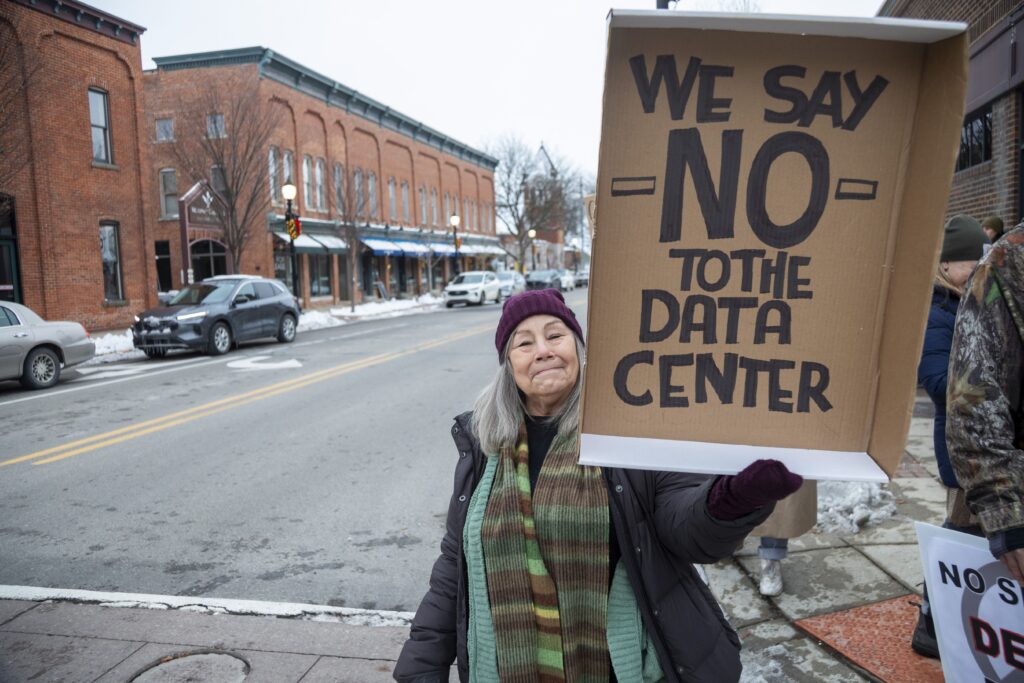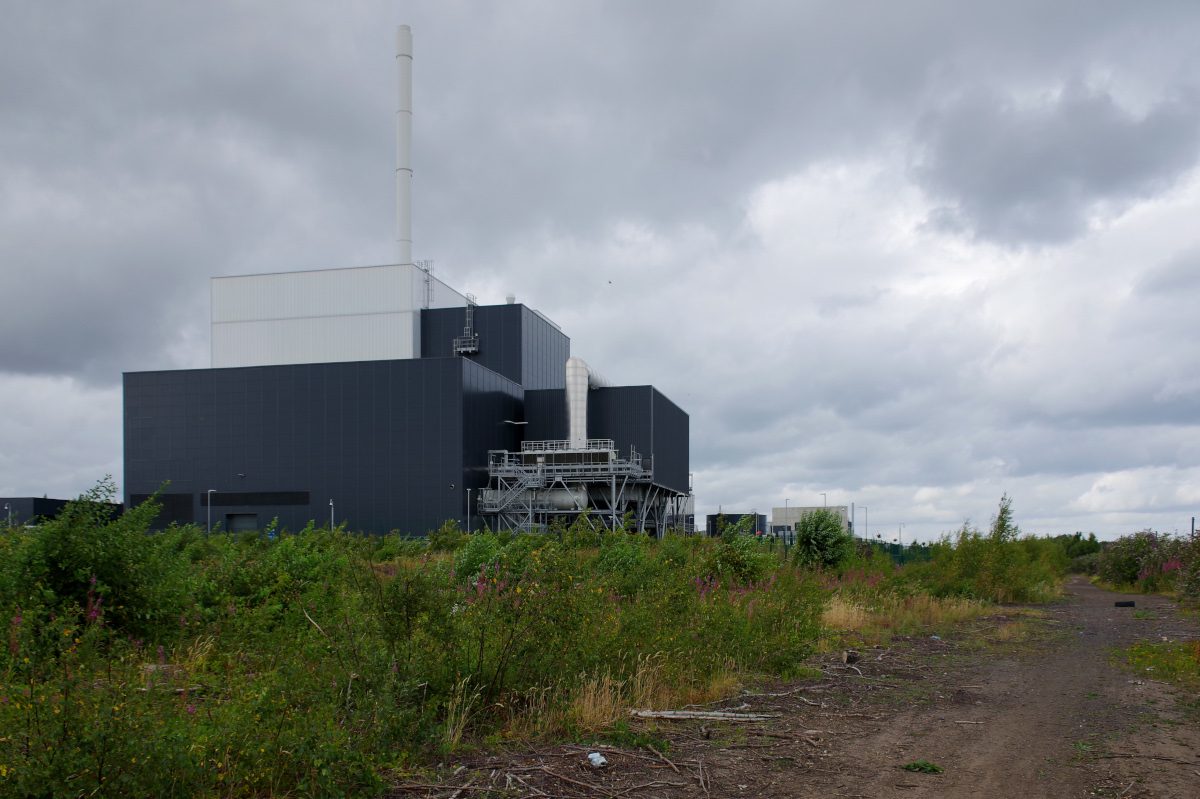A new rule requires U.S. utilities and grid operators to work together on long-term planning for transmission lines—the large power lines that deliver electricity across regions.
The rule is part of an order issued Monday from the Federal Energy Regulatory Commission that is trying to drag the nation’s power system into a new era in which the grid is prepared to handle an increase in electricity demand, in energy storage and in the use of energy generated from wind and solar.
So far, utilities dislike it, which consumer advocates and analysts say is both a sign that the rule is on target and a preview of a near future in which it will need to survive an inevitable challenge in court.
The rule is an opportunity for transmission experts to get a moment in the sun. They are a geeky subgroup within the larger, and also geeky, community of energy policy wonks.
We’re hiring!
Please take a look at the new openings in our newsroom.
See jobs
To understand what the order does and why it matters, I spoke with Ari Peskoe, director of the Electricity Law Initiative at Harvard Law School.
“The problem it’s trying to solve is insufficient investment in transmission,” he said.
Transmission lines are the superhighways of the grid, forming connections that allow power plants to deliver electricity across states and regions. The need for additional lines has run up against the challenges of getting utilities, grid operators and others to agree on which lines are needed, where they should go and how the costs should be allocated.
Does the new rule solve the problem?
“I think FERC was doing its best within the framework that it had created over the past two decades,” Peskoe said.
He’s touching on one of the most common criticisms of the rule, which is that it’s a poor substitute for Congressional action.
The rule is further limited by the constraints of a market in which most utilities have monopolies in their service territories and tend to resist policies that would increase the flow of inexpensive electricity from other places. FERC has to navigate the fact that some states have policies to develop renewable energy while others want to slow the shift away from fossil fuels. These clashing priorities make it difficult to design national policies.
So what, exactly, does the rule do?
A lot. The rule is more than 1,300 pages long. I could spend days describing its various provisions and the two-year process that preceded its release. But here are some of the main parts:
- Utilities and other entities that operate transmission lines would need to participate in a regional planning process at least every five years to consider the need for new lines, looking ahead with a time horizon of at least 20 years. The “regional” part means that this planning needs to involve discussions that go beyond a single utility’s needs and territory.
- Proposed transmission lines would gain priority if they are located in places where there are bottlenecks because of a lack of available line capacity.
- The planning process must consider the use of so-called “grid enhancing technologies” that can allow power line operators to deliver more electricity through a line. I wrote recently about one such technology, nicknamed “magic balls,” that serve this purpose.
The success of the regional planning mandate will depend a lot on whether utilities, state regulators and others take the opportunity to seriously assess their regions’ needs, Peskoe said.
He anticipates that the provision will be useful in places where the participants have a history of working together, such as in New England. He is less optimistic about places such as the Southeast, where some utilities have stood in the way of transmission development because they want to limit the flow of inexpensive electricity from outside of their territories.
That said, consumer and clean energy advocates in the Southeast were applauding the rule.
“FERC’s new Order 1920 is taking the first step to fixing our broken and Balkanized electric grid,” said Simon Mahan, executive director of the Southern Renewable Energy Association, in a statement. “The new grid expansion rule requires long-term vision, reasonable planning assumptions, and cuts down the opportunities for intentional delay.”
The Edison Electric Institute, a trade group for utilities, was much less pleased.
Phil Moeller, the vice president of regulatory affairs, said in a statement that his group is “disappointed” that FERC chose not to include a provision that says utilities are first in line to be able to develop transmission projects within their territories.
He is referring to the ongoing debate over whether utilities have a “right of first refusal” to build the lines, which I wrote about last year.
Utilities would like to be able to build the lines without going through a competitive bidding process against other energy companies. A previous FERC order requires a bidding process for certain types of lines, and utilities have resisted this on several fronts, including a push for state laws that give the edge to utilities.
The new rule passed at FERC on a 2-1 vote. The panel’s sole Republican, Mark Christie, wrote a 77-page dissent that can serve as a primer on his party’s objections to using FERC as a force to nudge the country toward a cleaner grid.
“The final rule should be seen for what it is: a pretext to enact, through administrative action, a sweeping legislative and policy agenda that Congress never passed,” he said.
This story is funded by readers like you.
Our nonprofit newsroom provides award-winning climate coverage free of charge and advertising. We rely on donations from readers like you to keep going. Please donate now to support our work.
Donate Now
Here’s what’s next: Utilities and other entities that operate transmission lines will have about a year to file plans on how they intend to comply.
The actual benefits will take longer. We probably won’t see the results until near the end of the decade. Results would include a more robust planning process and the approval of new lines stemming from that process, with construction of those lines to follow at a later date.
But let’s not get ahead of ourselves. The rule is likely going to face challenges in court, which could come from utilities and from attorneys general in states that want to slow walk the energy transition.
“I think you’ll see the coalition of Republican-led states who challenge any rule from the Biden administration that has to do with environment or energy issues,” Peskoe said.
This underscores a larger point: The energy transition needs to move fast, but the process of changing the U.S. energy system is slow and fraught.
Other stories about the energy transition to take note of this week:
Biden Administration Puts 100 Percent Tariff on Chinese EVs, Part of a Trade War that Threatens Biden’s Clean-Car Agenda: The Biden administration said this week that it is increasing the tariff on EVs imported from China to 100 percent to head off what officials say would be unfair competition with low-cost imports. The policy would provide short-term protection for U.S. auto jobs potentially at the expense of White House’s efforts to fight climate change by encouraging EV adoption, as Joseph White, Chris Kirkham and Nora Eckert report for Reuters. The tariff has been 25 percent and now will quadruple.
A Trip to the Beijing Auto Show Reveals How Far China Is Ahead of the West on EVs: To grasp why the U.S. officials want to avoid competition with Chinese EVs, it helps to understand that China’s auto industry has reached a new level in terms of quality and variety of products. The industry showed off its best products at the Beijing Auto Show, and Kevin Williams wrote about it for InsideEVs.com. His simple conclusion after driving a dozen models: “Western automakers are cooked.” This report preceded the Biden administration’s tariff announcement by a few days, and can serve as an explanation of why the officials feel a need to head off any move by Chinese automakers to sell their products in the United States.
Another Solar Tariff Fight Looms on Capitol Hill: In 2022, the Biden administration put a pause on tariffs that were about to be imposed on Chinese manufacturers that routed solar panels through four Southeast Asian countries. The pause is set to expire June 6, thus reviving the heated debate that preceded the pause, as Nico Portuondo and Andres Picon report for E&E News. Many in the solar industry are warning that tariffs will make projects expensive at a time when the country needs to install as much solar as possible. At the same time, U.S. solar power manufacturers continue to argue that tariffs are necessary to respond to the way Chinese companies are dumping low-cost products into the market.
Zombie Coal Plants Could Threaten the U.S. Energy Transition: A lack of transmission line capacity is slowing the deployment of renewable energy resources. One result is that some fossil fuel power plants that otherwise would retire are being kept online, as Jeff St. John reports for Canary Media. He uses the example of the Brandon Shores plant in Maryland, which runs on coal, to illustrate the larger problem.
A Puerto Rico Community Pushes for Rooftop Solar as Fossil Fuel Plants Face Retirement: Puerto Rico has the potential to make its electricity system much cleaner and more resilient by investing heavily in rooftop solar, as Esther Frances reports for ICN. Small solar systems on homes and businesses could help to replace some of the electricity from fossil fuel power plants. Also, some residents and clean energy advocates in Puerto Rico are wary of development of utility-scale solar projects because of a variety of concerns, including how much land the panels would cover.
Inside Clean Energy is ICN’s weekly bulletin of news and analysis about the energy transition. Send news tips and questions to [email protected].




